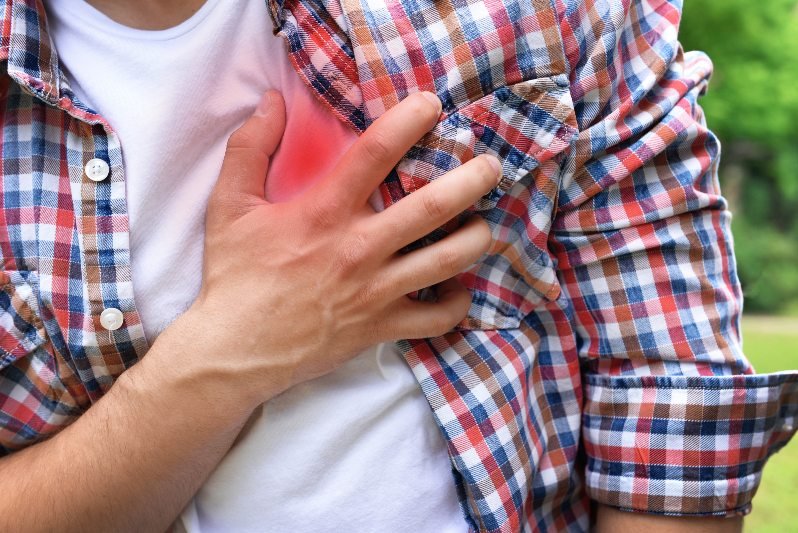-
April 28, 2020
-
0

Understanding Heart Attacks
A heart attack is one of the most dangerous medical conditions that can affect a person at any point in their lives. Becoming familiar with it can help save your life. A heart attack or myocardial infarction occurs when blood flow is blocked supplying the heart. This happens due to a block in the artery or vein caused by plaque deposition. When this happens, the muscles of the heart do not get enough oxygen, which causes the cardiac cells to die. The most common symptoms of a heart attack are:
- Pain or discomfort in the chest
- Tightness in the chest
- Pain in the arms, upper back, neck or jaw
- Lightheadedness or dizziness
- Difficulty breathing
- Nausea or vomiting
- Sweating
The damage of a heart attack can happen within minutes, but seeking emergency medical treatment at the earliest can lessen the extent of this damage.
Treating a heart attack in the Emergency Department
The nurses and doctors in the Emergency Department are specially trained to provide immediate care for heart attack patients. First, a physical assessment is conducted during which an electrocardiogram or EKG is performed. An intravenous (IV) line is inserted to patient to give them medicines. It also allows the nurse to draw blood for tests. Oxygen is supplied if needed.
Diagnostic tests are conducted simultaneously to determine which part of the heart may have been damaged during the heart attack. This includes procedures like cardiac catheterisation and echocardiogram which allow the doctors to determine the heart’s functions. Emergency medication such as anti-coagulants, nitroglycerine if needed are administered. These help lessen the heart’s work load, widen blood vessels and provide relief to the patient.
Once the patient has been stabilised in the Emergency Department, they are taken to the coronary care unit where they will receive further cardiac care treatment.
Contact
JAYANAGAR
BANASHANKARI

